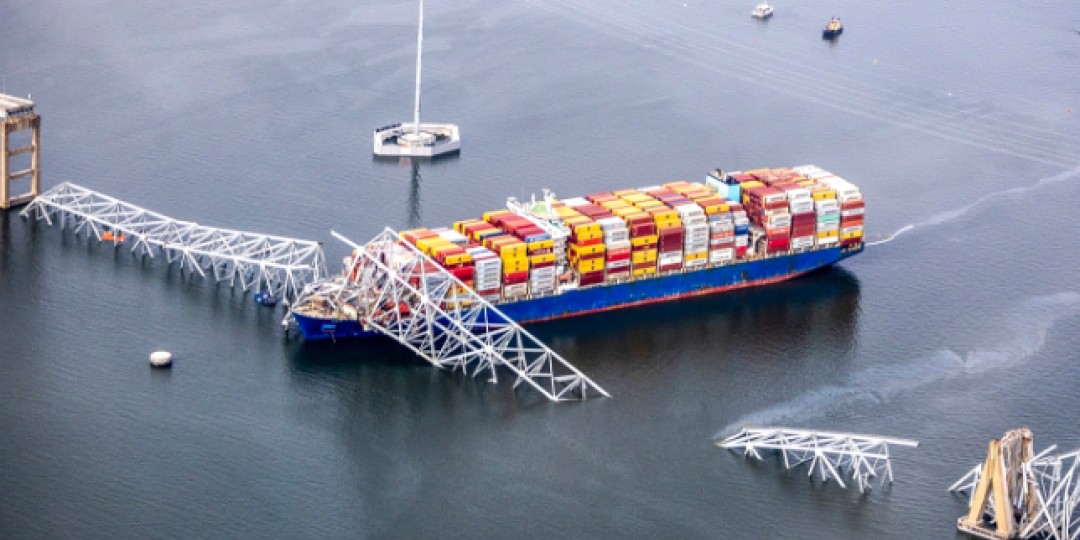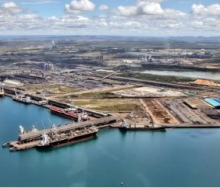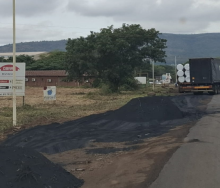The 213 metre-wide main shipping channel into the Port of Baltimore is set to reopen this weekend after the Dali boxship allision that happened late in March, collapsed a long-span truss bridge across Patapsco River.
It ends a 75-day closure after Dali suffered power failure and rammed into one of the main supporting pillars.
The incident effectively brought operations to a halt at the United States' ninth-largest port.
The Dali, chartered by Maersk, lost power while navigating the channel on March 22.
The vessel veered off course and struck the Francis Scott Key Bridge, causing significant damage to both the ship and the bridge.
It resulted in a complete blockade of the main shipping route, severely impacting the port’s operational capacity.
Six of eight workers on the bridge drowned as a result of the incident.
Port authorities, in collaboration with the US Coast Guard and several engineering firms, have been working around the clock to clear the channel and repair the damaged infrastructure.
The Dali was successfully refloated and towed away for repairs, and extensive inspections and reinforcements were carried out on the bridge to ensure its safety for future use.
“We are pleased to announce that the main shipping channel will be fully operational again this weekend,” said Port of Baltimore executive director William P. Doyle.
“This has been a challenging period for the port, our customers, and the local economy. We appreciate the patience and cooperation of all stakeholders involved as we worked to restore normal operations.”
The closure had significant ripple effects, with cargo diversions and delays affecting supply chains nationwide.
The port, known for its strategic location and role as a major gateway for automotive, agricultural, and manufacturing goods, experienced a temporary decline in throughput, straining logistics networks and leading to increased costs for shippers and consumers.
With the reopening, port officials are optimistic about a speedy recovery.
Efforts are underway to expedite the backlog of cargo and restore the flow of goods through the port.
Additional resources and extended working hours have been allocated to manage the expected surge in activity once the channel is fully operational.
“Restoring the main shipping channel is a critical step in ensuring that the Port of Baltimore can continue to serve as a vital hub for commerce,” Doyle said.
“We are committed to making up for lost time and supporting our partners in resuming their normal operations as quickly as possible.”













